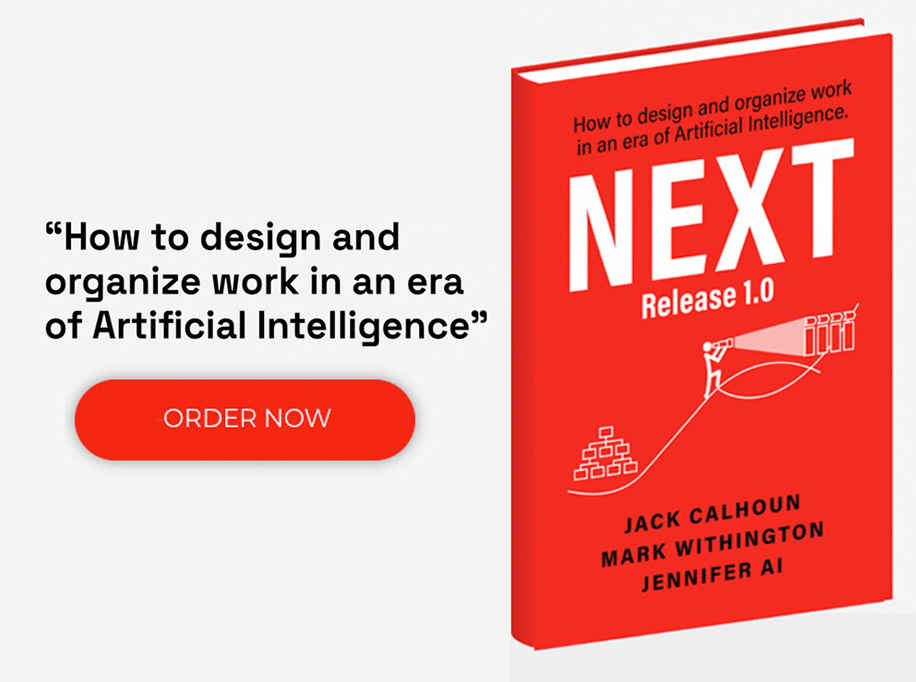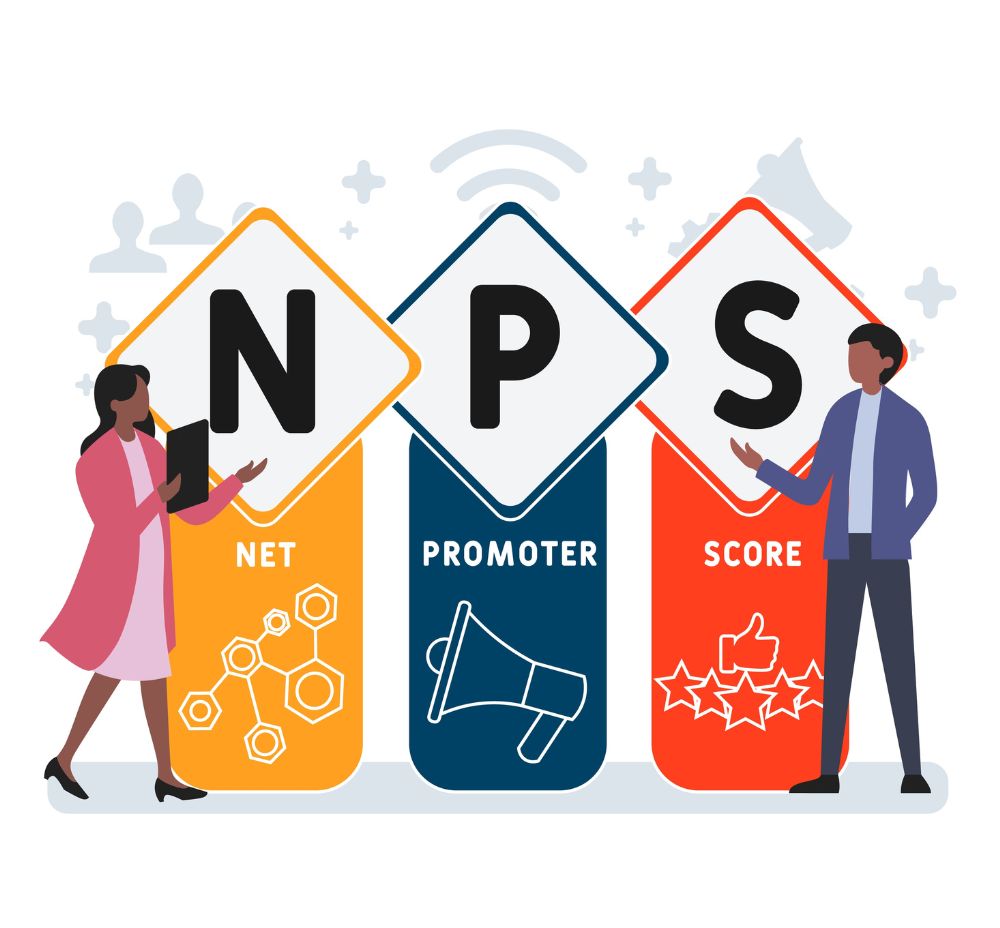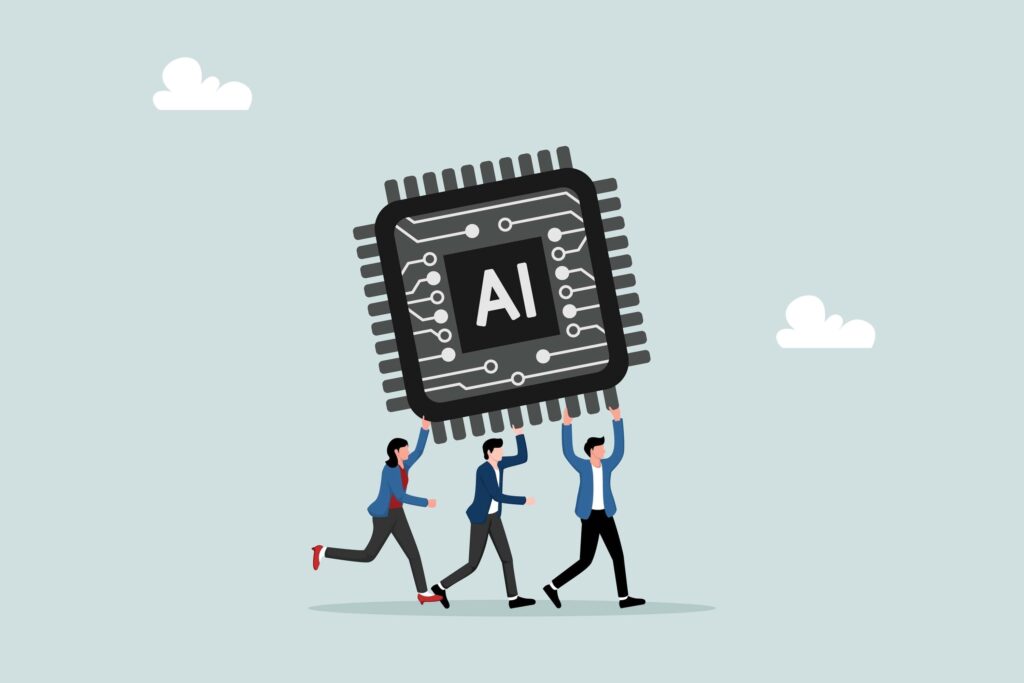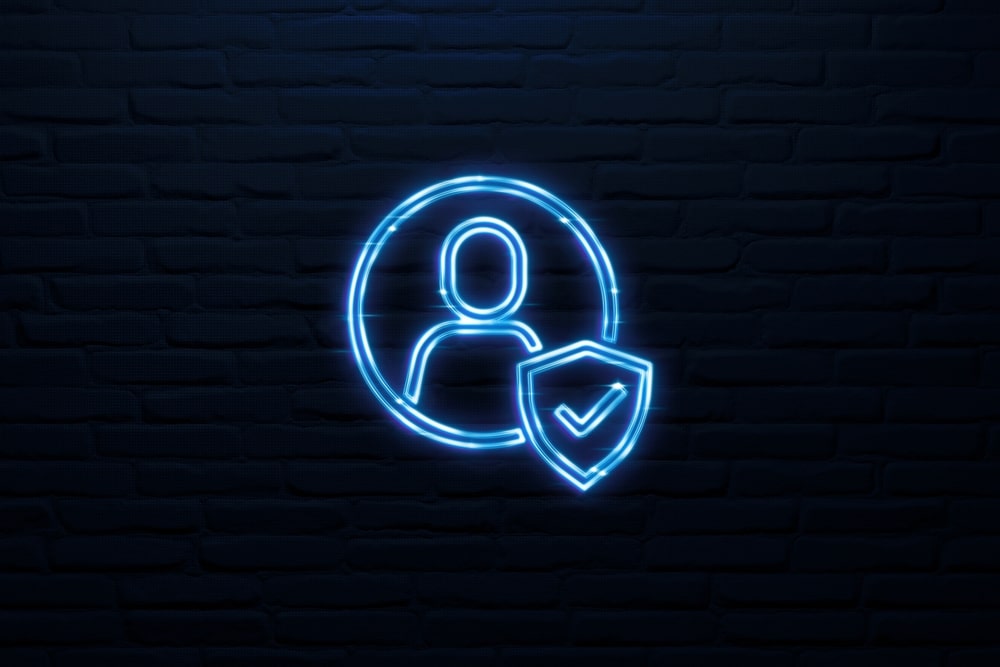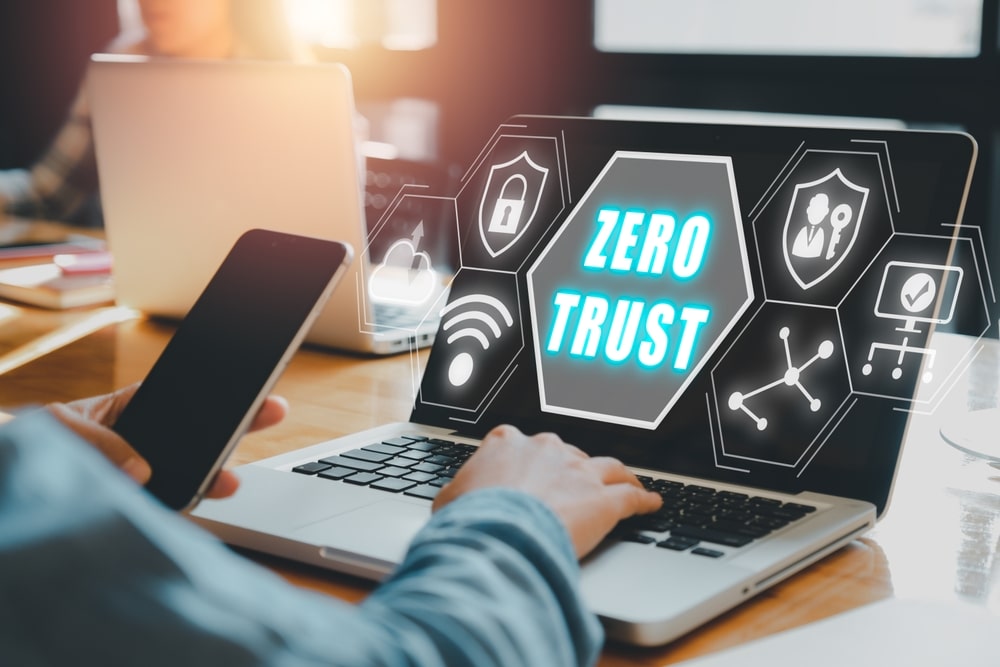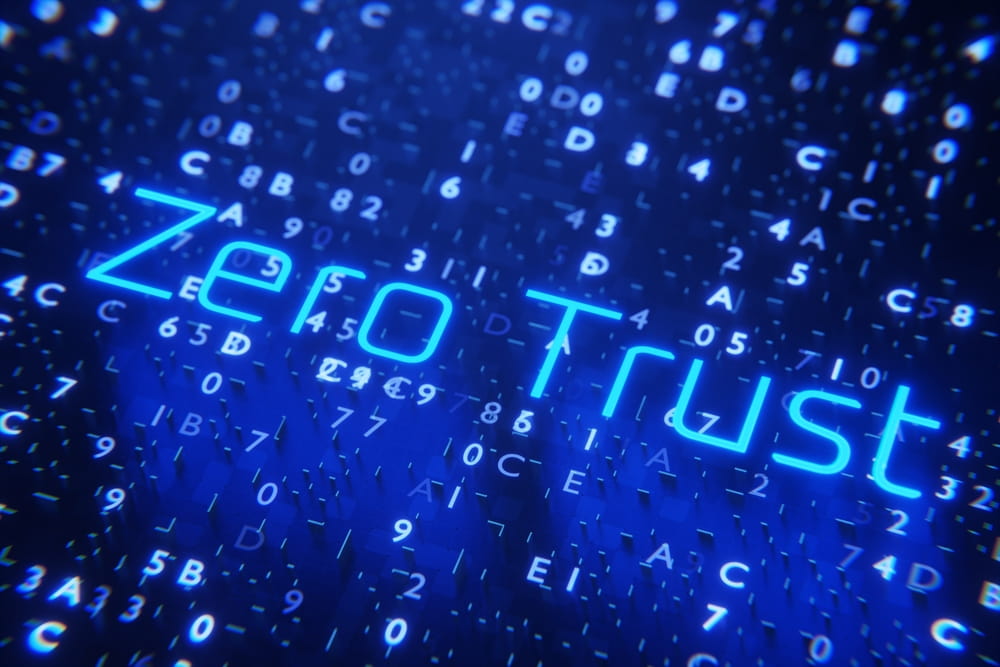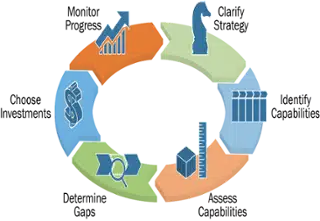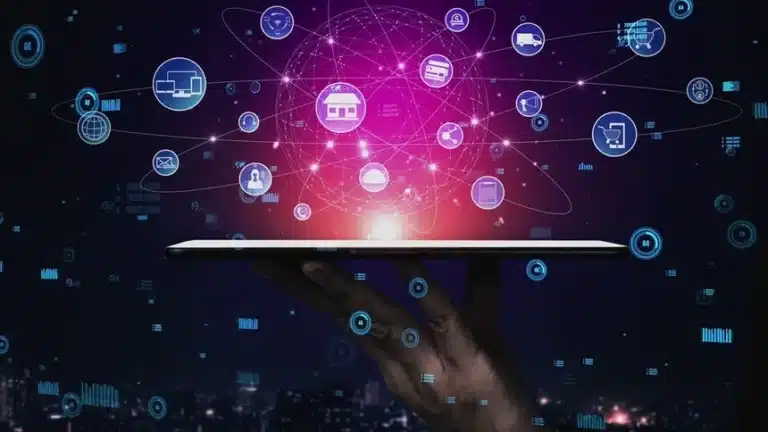The concept of a business model is at the forefront of recent discussions in the realm of innovation and digital disruption. In an era characterized by rapid technological advancements, businesses must adapt their business model and evolve to stay competitive.
This exploration delves into the fundamental question, “What is a Business Model?” focusing specifically on the techniques to evaluate the model to capitalize on new technology and avoid digital disruption.
What is a business model?
A business model is a plan for how a company will operate and make money. It outlines the critical components of how the business creates, delivers, and captures value. In simpler terms, it’s a roadmap that shows how a company will turn its ideas into profit.
Types of Business Models
Let’s discuss some common types of business models:
- Subscription Model: Customers pay recurring fees for ongoing access to products or services, providing predictable revenue for businesses. (Think: Netflix and Spotify)
- Freemium Model: Offers basic features for free but charges for premium features or upgrades, attracting a large user base with potential for monetization. (Think: Dropbox and LinkedIn)
- On-Demand Model: Provides instant access to products or services upon request, often through digital platforms, catering to convenience and flexibility needs. (Think: Uber and DoorDash)
- Razor and Blade Model: Sells low-cost core products with high-margin consumables, locking customers into recurring purchases. (Think razors + blades and printers + ink)
- Reverse Razor Blade Model: Offers high-quality core products with readily available, low-cost consumables, prioritizing customer satisfaction and convenience. (Think: Keurig coffee machines + coffee pods)
- Marketplace Model: Connects buyers and sellers, takes a commission on transactions, creates a platform for diverse offerings, and facilitates exchange. (Think: eBay, Amazon, and Etsy)
- eCommerce Model: Sells products online through websites or marketplaces, reaching a wider audience without geographical limitations. (Think: Bite Toothpaste Bits and Primary Clothing)
- Brick and Mortar: Operates physical stores to sell products directly to customers, offering personalized service and tangible product interaction. (Think: Grocery and convenience stores)
- Retailer Model: Buys products from manufacturers and sells them to consumers, managing inventory and marketing to cater to specific customer segments. (Think: Macy’s and Best Buy)
- Manufacturer Model: Produces and sells physical or digital products, focusing on design, development, and quality control. (Think: Apple and Nike)
- Franchise Model: Licenses trademarks and operating models to independent owners who run their own units, expanding brand reach and sharing profits. (Think: McDonald’s and KFC)
- Asset-Light Model: Minimizes ownership of physical assets like infrastructure or inventory, focusing on providing services or managing information. (Think: Uber and Airbnb)
- Brokerage Model: Connects buyers and sellers in specific markets, earning commissions on transactions without owning inventory or managing assets. (Think: Real estate brokers and stock brokers)
- Fee-for-Service Model: Charges customers based on the specific service provided, offering flexibility and transparency in pricing. (Think: Consultants and lawyers)
- Crowdfunding Model: Individuals or groups raise capital for projects or ventures by collecting small contributions from many people online, democratizing access to funding and fostering community engagement. (Think: Kickstarter, GoFundMe)
Innovative Business Models for Digital Disruption
To evaluate the business model for digital disruption exposure, we focus on four areas around the Value Proportion and Key Activities that we feel are critical:
- Value Innovation and Customer Experience
This lens views the organization’s ability to design and deliver a meaningful customer experience at a lower cost. Value Innovation and Customer Experience evaluate the organization’s ability to rapidly define and provide new services or products consistently and efficiently. It also focuses on the organization’s ability to define and deliver a delightful customer experience by defining critical interactions along the customer journey and mapping those interactions to the organization’s Operating Model.
- Operational Innovation and Agility
This perspective analyzes the organization’s ability to realign human capital, business processes, and current technology to anticipate and capitalize on market shifts. This requires the organization to adopt a new governance model that expands beyond the current org-chart perspective (an inside-out view of what the employees do for the organization) to include a new, outside-in capability-based structure.
This new perspective describes what existing capabilities need to be improved to run the current 1.0 business model and what new capabilities need to be developed to execute its new 2.0 business strategy.
- Organizational Engagement
This lens evaluates the organization’s capacity to build alignment and active employee participation by assessing its ability to articulate its strategy in clear, unambiguous objectives and well-defined instrumentation that will measure progress toward those objectives over time.
Organizational Engagement is the connective tissue that aligns the traditional org-chart with the Operating Model using the objectives and measurement instrumentation defined by senior management.
- Financial Health
This perspective assesses the organization’s ability to allocate financial resources to create short-term and long-term value for their stakeholders. Too often, short-term “Run and Improve” investments crowd out long-term, strategic “Transformation” investments. Explicitly separating the project portfolio into two distinct agendas, S2E organizations yield both short-term returns while maintaining long-term growth (i.e., avoid being “Amazoned”).
How to Create a Futureproof Business Model
If you want to learn more about digital disruption and your organization’s exposure, please click here to take our quick, online, 4-minute Digital Disruption assessment. Upon completion, we will send you a free assessment report that will cover the following:
- The four domains of disruption within the organization,
- Your organization’s exposure to digital disruption measured against our digital disruption maturity model,
- And specific actions you can undertake to harness technology to your favor.

